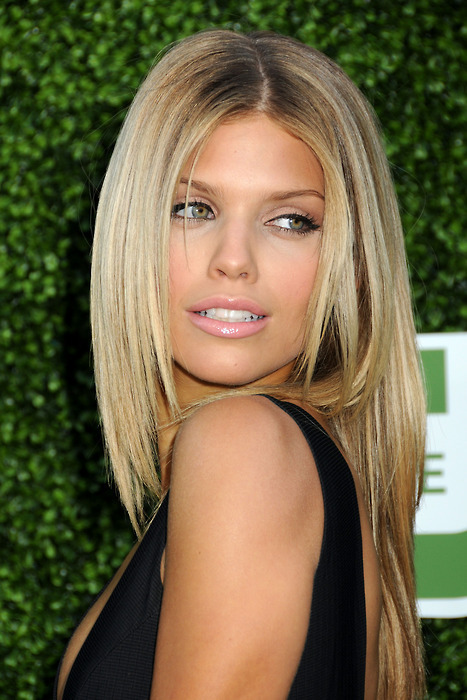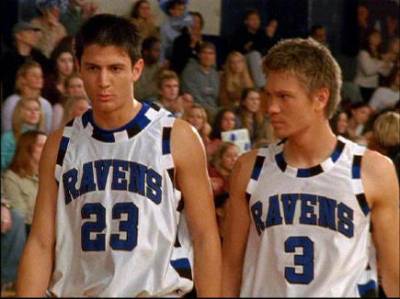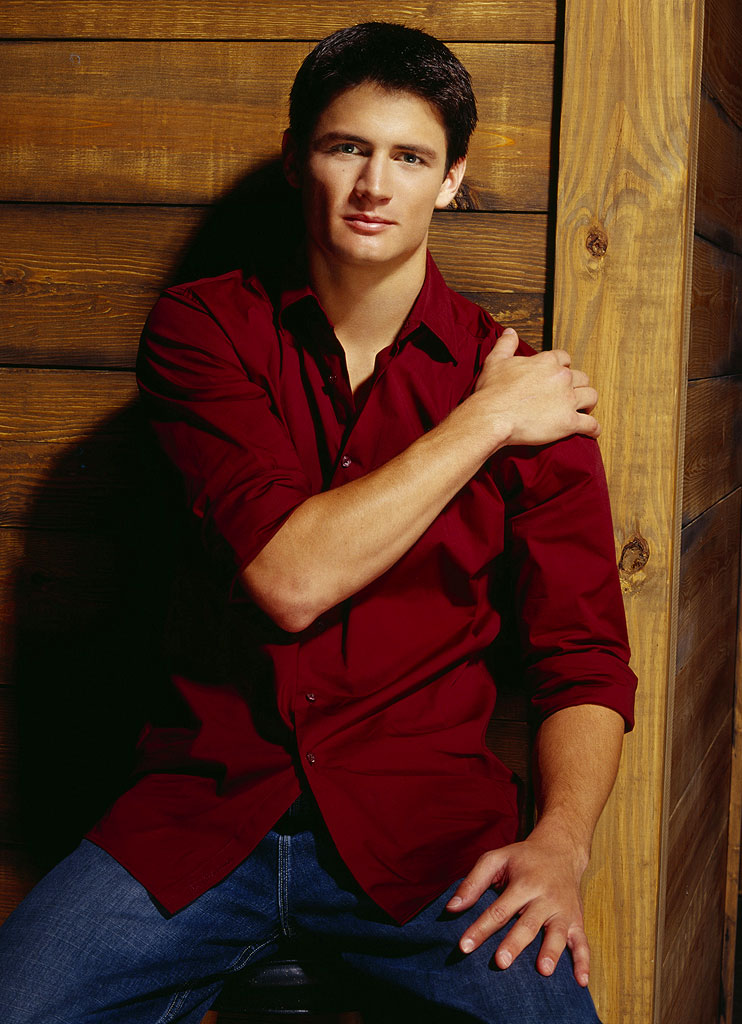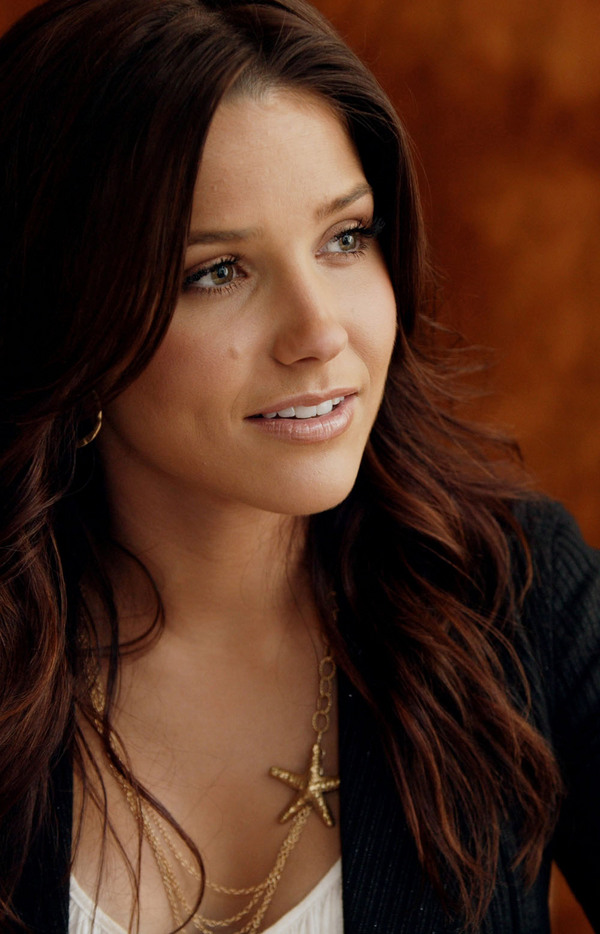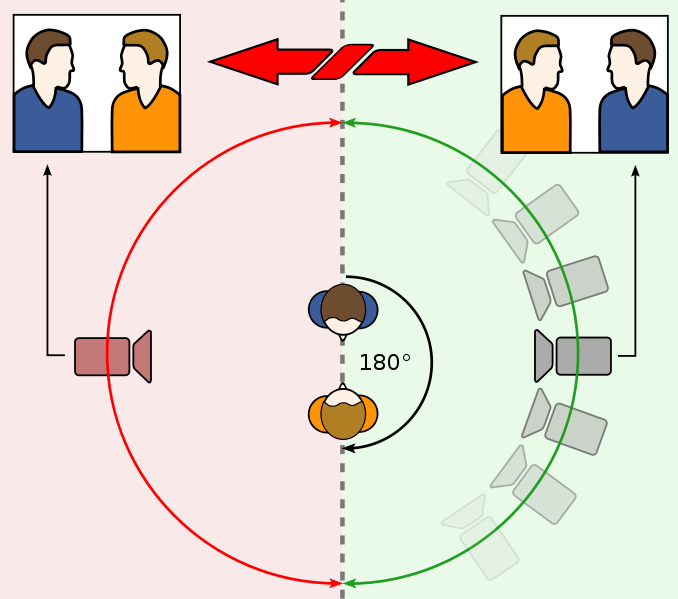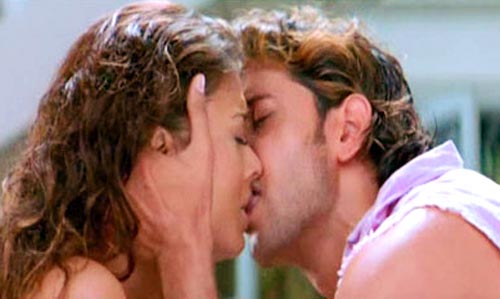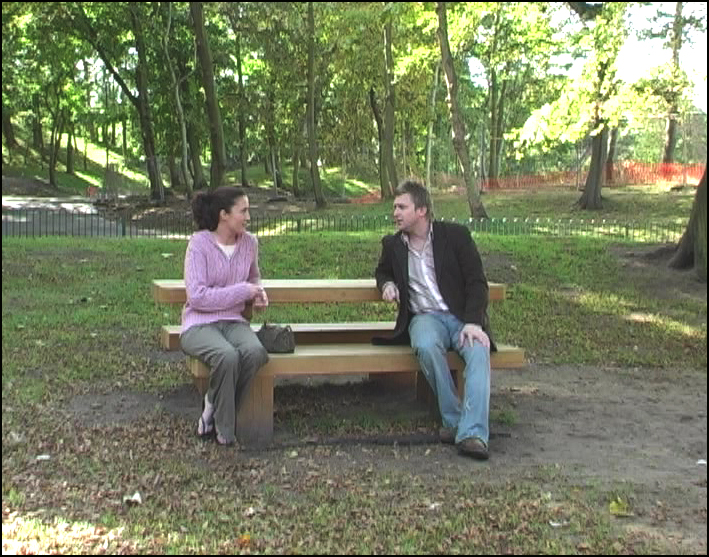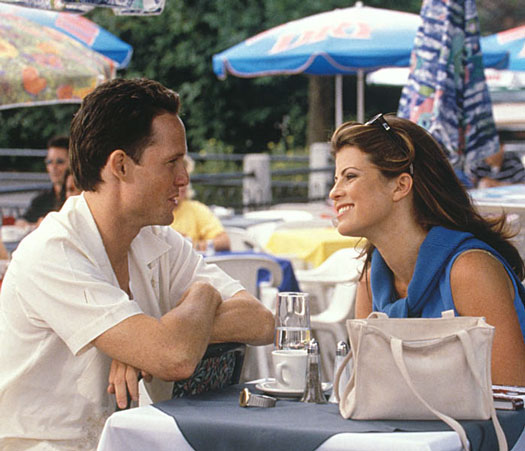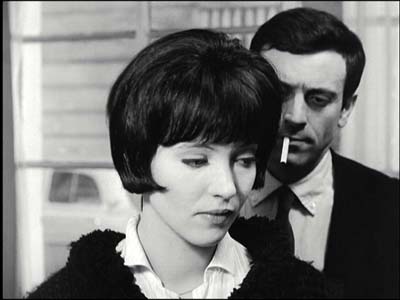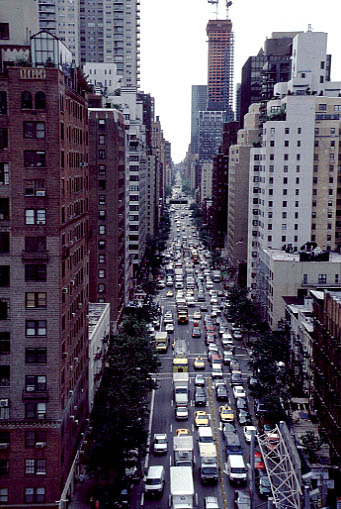- camera angle, movement and position
- editing
- sound
- mise-en-scene
The extract constructs gender representation right from the beginning of the scene where we see a male and a women walking up the stairs. The man is in the full front of the shot and we get a wide angle shot of him to establish what he is wearing and the type of man that he is where as the women in the shot is seen to be coming up the stairs in the background showing that she is less important than the man. From first seeing the man we see that he is dressed in a suit and looks clean and well-kept showing his importance and status. The old woman who is seen to be shopping in the shop is the typical stereotype of an older woman. She has grey hair and quite bland and simple clothing which helps to make her look out of place in the shop. During the conversation between the shop assistant and the old woman we see the use of shot reverse shot and a close up to see the old ladies expression. The man talks down to the woman here, making her feel unimportant and unwanted in the shop. Then again could signify man’s authority and power over women.
The next woman we see in the shop you automatically see that she is a well-kept woman who is well presented. You can also gather from her image that she is married to a rich man because she is wearing a business suit yet shopping in the middle of the day implying that she may not work. This again is a stereotype of women showing that the stays at home while the man or husband goes off to work. As soon as we see the women there is a close up of the woman’s ring showing us she is well off. This also helps us to see that the shop assistance is driven by money as he takes a very big interest in the woman once he has seen the ring. Both the woman and the shop assistant speak in a posh accent meaning that they could be seen at the same status as one another. When the lady is trying on the dress her dialogue could be seen as quite sexual and the dress she is wearing shows of her figure turning her into a stereotype of a sex object for men.
During this drama sequence it changes between two different shots which could be to show that the things are happening at the same time. The scene we then see is of two men sitting in what looks like a bar at a hotel. The lighting is quite dark, with a slightly unclean atmosphere which could be representative of men. Both the men are in suits, drinking whiskey which is a stereotype of a typical upper class man as drinking during the day is not seen to be a normal thing to do. There are no females around which could mean they are not allowed and not important enough to ne socialising with the men there.
During this scene the two men seem to be having a discussion where one is trying to persuade the other to do something. The man is trying to persuade the other with money where as if it had been a women she would have used her sexuality, this again shows a difference between the two genders. There is the use of shot reverse shot and close ups during their conversation to engage the audience. This scene ends and it cuts back to the shop again.
We see the woman has lost her ring and as she is frantically looking around for it the music because faster adding a comical aspect to it. The music cuts off suddenly when the man begins to speak, this again showing his importance in the scene, and they make an agreement with the reward of money to find the ring which the shop assistant jumps to. The next man to enter the shop you can see is going to be trouble by his whole persona and the way that he dresses. Although he is in a suit he has his top button undone with a tacky necklace on and chewing gum which gives him a kind of thug image.
When the shop assistance first see’s the man there is a camera tilt up to the man to make him seem more important and intimidating. They then get into an argument about the ring where the shop assistant goes against the male stereotype as he argues like a woman and almost becomes upset and quite bitchy which traits of a woman. As the man walks away he breaks the 4th wall and he speaks directly to the audience making them feel involved in the scene.
That scene then ends and we are taken to a shot of a man making a bomb. Again this is a hand’s on, DIY type of thing which is a typical thing for a man to be doing, again going with the stereotype of a man. We are not quite sure what exactly is going on in the scene but we can hear that he is on the phone to someone giving him in orders and instructions.



